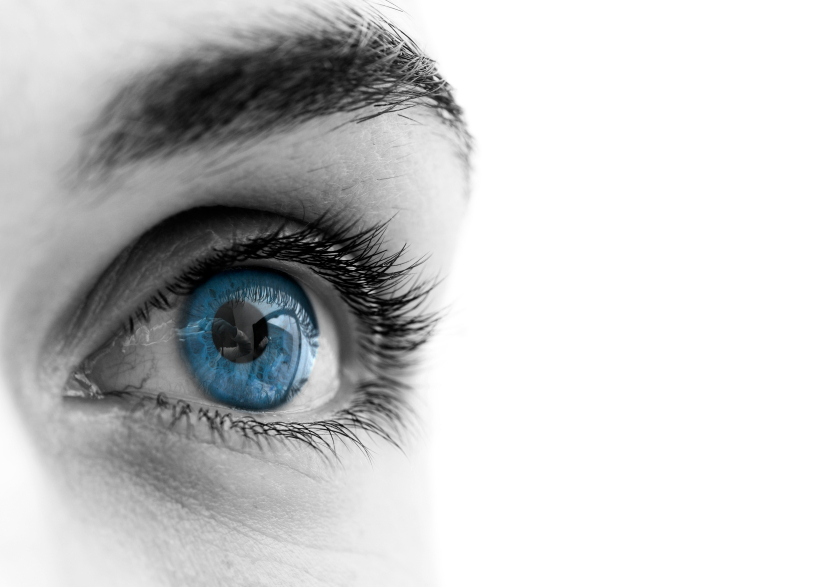Contact Lens Instructions for First-time wearers
Summary – Soft Lens Instructions to Remove and Insert Lenses
1. Wash Hands
2. Inspect Lens
3. Insert Lens
4. Wash Hands
5. Remove Lens
6. Clean Lens by rubbing
7. Disinfect Lens
Instructions for Handling Contact Lenses
Wash your hands before handling your lenses. Do not use any soap containing cream, lotion, oil, or perfume.
|
No |
Yes |
| Softsoap | Neutrogena |
| Ivory Liquid | Ivory Bar |
| Caress | Opti-Soap |
| Dove | Clear dishwashing detergent (Joy) |
| Gentle Touch | Dial and Dial pump |
| Any deodorant soap |
Keeps nails short, filed and clean.
Soft Contact Lens Instructions
Never let soft contact lenses become dry. Never soak them in tap or distilled water. If lenses dry out, they will become brittle. Should this occur, however, soak the lenses in saline for two to three hours. Then, if the lenses do not appear damaged, continue with your disinfecting regimen. If the lenses are uncomfortable after you insert them, remove them immediately and call us.
Never sleep in your lenses!
You will be given solutions and instructions to care for your lenses. Always clean the lenses first and then disinfect them. To clean, put a small amount of solution in the palm of the hand and rub the lenses to remove any loose debris on the surface. Store the lenses in the disinfecting solution until you are ready to reinsert them. Take them directly from the storage solution and insert them in the eyes. A lens should never be inserted that has not been disinfected by the system provided.
Soft Contact Lens Schedule for first time wearers
|
Day |
Wear Time (Hours) |
|
1 |
4 |
|
2 |
6 |
|
3 |
8 |
|
4 |
10 |
|
5 |
12 |
|
6 |
12 |
|
7 |
12-14 |
(Maximum wearing time will be determined at your follow-up appointment.)
Remember to clean and disinfect your lenses if they are stored more than 48 hours. DO NOT RUSH YOUR WEARING TIME!
Possible Contact Lens Complications
Wearing contact lenses is a reasonable method of attaining good vision as an alternative to glasses. However, wearing contact lenses is not without risk. The following conditions are possible complications of contact lenses. You must be aware of the potential hazards and accept these relative risks in addition to the benefits of contact lenses.
- Contact Lens Overwear. This occurs when the contact is worn longer than the cornea can tolerate. Not enough oxygen gets to the cornea resulting in temporary discomfort and blurred vision. The treatment is to discontinue wearing the contact lenses for a few days.
- Corneal Abrasion.This is a “scratch” on the surface of the cornea resulting from a poorly-fitting contact lens, foreign material under the contact lens or overwear. The treatments include antibiotics and possible patching of the eye. Infection may result from this condition.
- Allergic Reaction.In this condition the eye becomes red and irritated in response to the cleaning and/or storage solutions. It is most often seen with soft contact lenses and is usually a reaction to the preservatives in these solutions. Treatment includes changing to different solutions and storage methods as directed by your doctor.
- Tight Lens Condition.This is mot often seen with soft and extended wear contact lenses. The lens, which previously had fit well, “tightens up” and does not allow teas and oxygen to the cornea. This results in pain, redness, and swelling of the cornea and can lead to a corneal abrasion. The treatment is to refit the lens.
- Corneal Warpage.This is most often seen with hard and gas permeable contact lenses. In this condition, the shape of the cornea becomes altered in response to the contact lenses. If severe warpage occurs, the lenses may no longer fit well and discomfort results. The treatment is to discontinue wearing the contact lenses until the warpage resolves, which may take weeks to months. During this healing time, the vision may fluctuate, requiring a change in the glasses prescription one or more times. Occasionally, the warpage may not resolve and the astigmatism created may persist.
- Giant Papillary Conjunctivitis (GPC).In this condition, there is itching, lens intolerance, and redness while wearing the contact lenses. It is more often seen with soft lenses and is generally caused by a buildup of protein on the surface of the lens. Treatments include discontinuing lens wear for a period of time, switching lens types, and switching solutions.
- Corneal Ulcer. This is the most severe complication of contact lenses and is more often seen with extended wear soft lenses. In this condition, trauma or contamination to the cornea from the contact lens results in an infection. This sometimes requires hospitalization for treatment and can lead to extensive corneal scarring. Corneal transplant surgery may be required to regain good vision. Although very rare, it is possible that a patient could lose an eye from a severe corneal ulcer.
It is not possible to determine in advance whether you will become a successful contact lens wearer or not. Personal, physiological and environmental factors may require changes in the wearing schedule or termination of lens wear. Please keep your glasses prescription up-to-date in case you are unable to wear your lenses.
If you experience redness, secretion, visual blurring, or pain (RSVP), remove your contact lenses at once. If the symptom subsides, the lenses can be cleaned and reinserted. If the lenses are removed and the symptom does not subside or reappears upon reinsertion, remove the lenses immediately and call us!


Comments are closed.